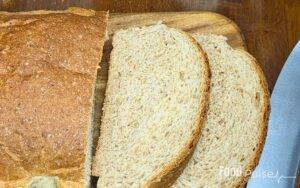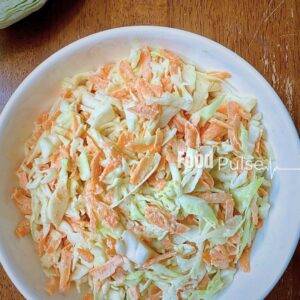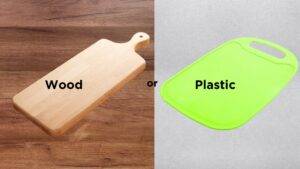Unless it says “100% fruit juice”, “freshly squeezed”, with real fruits listed on the ingredient list, a bottle of juice from the supermarket might contain more than just fruits. You might know this already, but what’s the details? Explore that in this article.
My experience with fruit juice at a grocery store
I walked into my neighborhood mini mart scanning the beverage aisle for something refreshing after a long day’s work. That’s when I spotted a vibrant bottle with “lemon-mint” splashed across the label in bright, energetic colors. The packaging practically screamed “health and vitality!” at me.
I thought, “This looks perfect. It’s natural and refreshing, probably packed with nutrients.” I was completely sold before I even picked up the bottle.
And as I do with other products, I flipped the bottle over and read the ingredient list.
“Water, sugar, flavors, additives, colors…”
Not a whisper of fresh lemon or mint anywhere!
I was utterly disappointed. Here was a product whose entire packaging promised health, vitality, and natural goodness, yet the ingredients told a completely different story. The disconnect was jarring. I simply placed it back on the shelf, grabbed plain water instead and left the store.
There were also many “fruit juice” advertisements I watched that claimed “natural” even “100% natural” but had little resemblance to a 100% natural juice in taste and sometimes color.
So it’s likely unless it’s freshly squeezed right in front of you, it’s probably not what you think it is.

Etornam is a Food Systems Research Engineer with a generous passion for healthy food. She’s the Founder of FoodPulse, a speaker and currently conducts doctoral research at McGill University on consumer food systems. She helps the everyday consumer navigate the modern food environment with confidence. She loves teaching, gardening and developing new recipes. Learn more by Etornam





